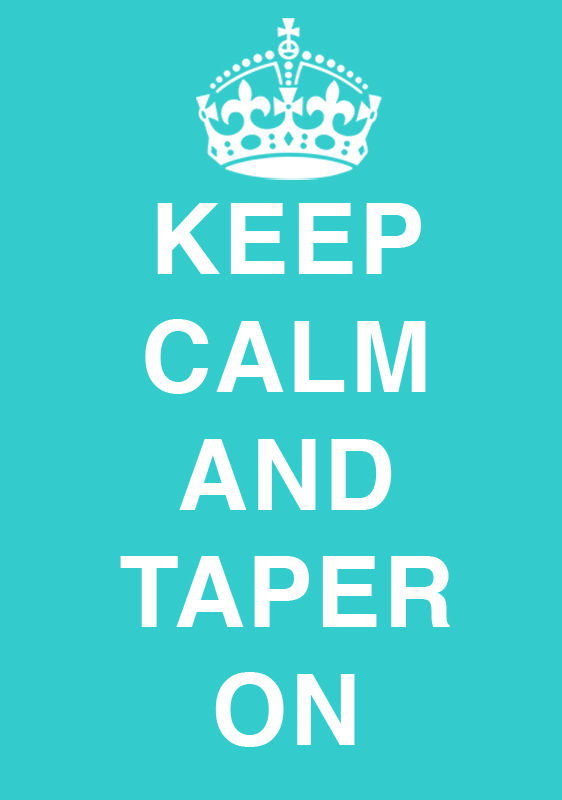In a piece in yesterday’s Wall Street Journal John Hilsenrath discusses how the Fed might move next:
“There are several ways they could strengthen their message. One idea under discussion is to lower that unemployment threshold from 6.5%, which could mean keeping rates down longer. Fed staff research suggests the economy and job market might grow faster, without much additional risk of inflation, if the Fed promised to keep rates near zero until the unemployment rate gets as low as 5.5%. Goldman Sachs economists predict the Fed will lower the threshold to 6% as early as December and reduce the bond-buying program at the same time.”
The Fed has obviously become concerned about sending the right message to the market. They want to taper, but I am not sure they know how as the markets now look like a drug addict who just needs more and more and unfortunately, behavioral side effects seem to be one of QE’s biggest impacts.
But I think Hilsenrath is onto something here. If I were the Fed Chief I would keep my ammo into Q1 or whenever I wanted to start tapering. And then, as you decide you’re going to taper you leak this exact strategy to the press:
“We will reduce asset purchases by $35B at the next meeting to $50B per month, however, the committee remains firmly committed to accommodative monetary policy. Therefore, we have chosen to reduce the threshold for Fed Funds Rate increases to 6.0% unemployment.”
Then let the markets digest that over the ensuing months and if all goes smoothly you can ladder into this plan. If the economy remains relatively firm then you cut purchases by another $25B AND cut the threshold rate to 5.5% thereby reassuring the market that you aren’t going to let interest rates rise too much. And then if everything looks like smooth sailing you end the purchases completely and cut the threshold rate to 5%. This puts a clear cap on rates into the future and shows that the Fed is committed to keeping long rates low.
A strong message is not enough here. Tough talk doesn’t convince traders. They want to see action. And changing the threshold rate gives them a specific target as well as a sign that the Fed is willing to take action. Tapering has to be combined with some sort of firm commitment that they’re not pulling the rug out from underneath the market. And this is about as good as they’ll be able to do.
Mr. Roche is the Founder and Chief Investment Officer of Discipline Funds.Discipline Funds is a low fee financial advisory firm with a focus on helping people be more disciplined with their finances.
He is also the author of Pragmatic Capitalism: What Every Investor Needs to Understand About Money and Finance, Understanding the Modern Monetary System and Understanding Modern Portfolio Construction.


Comments are closed.